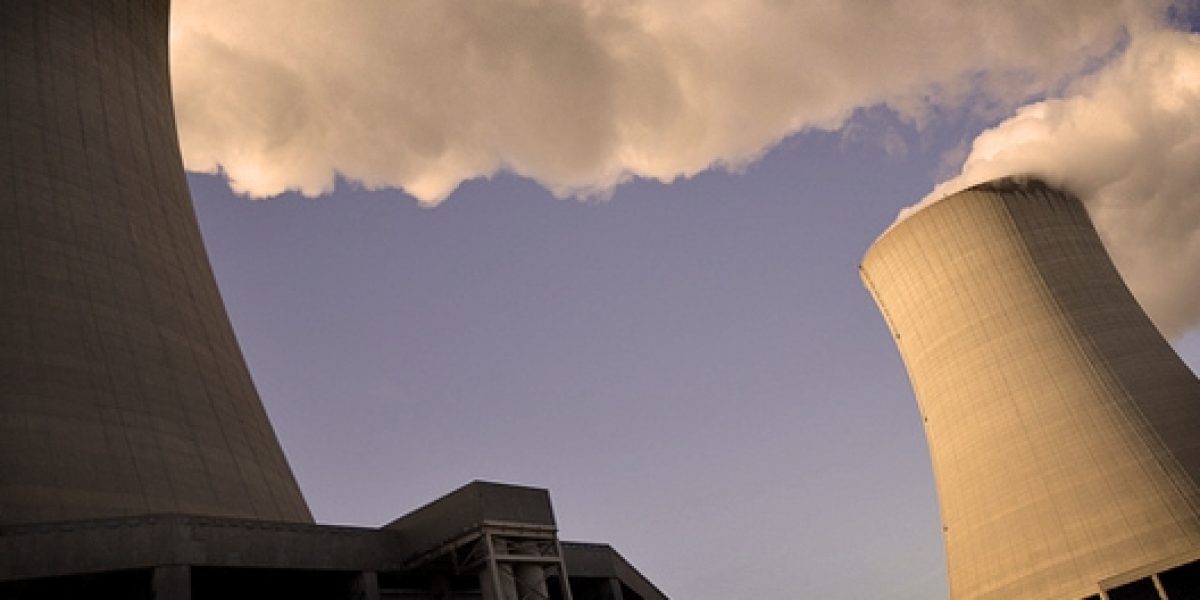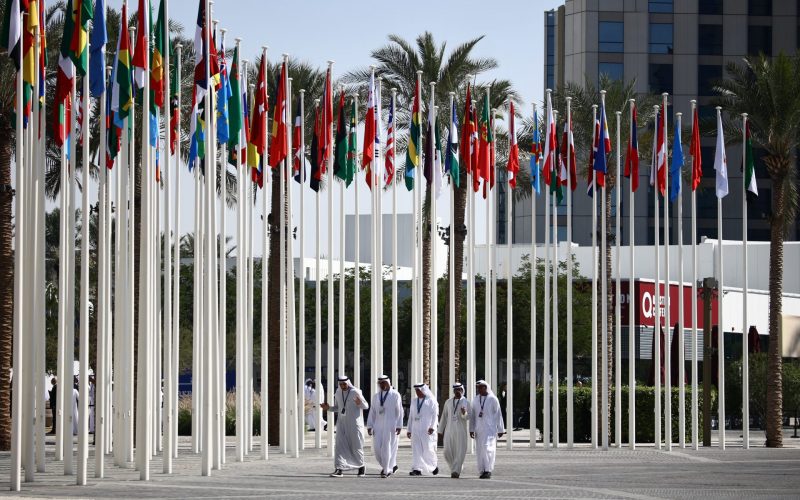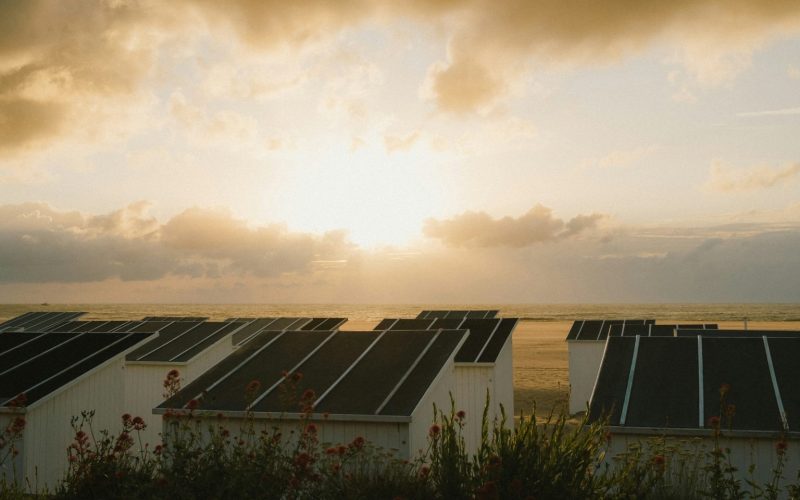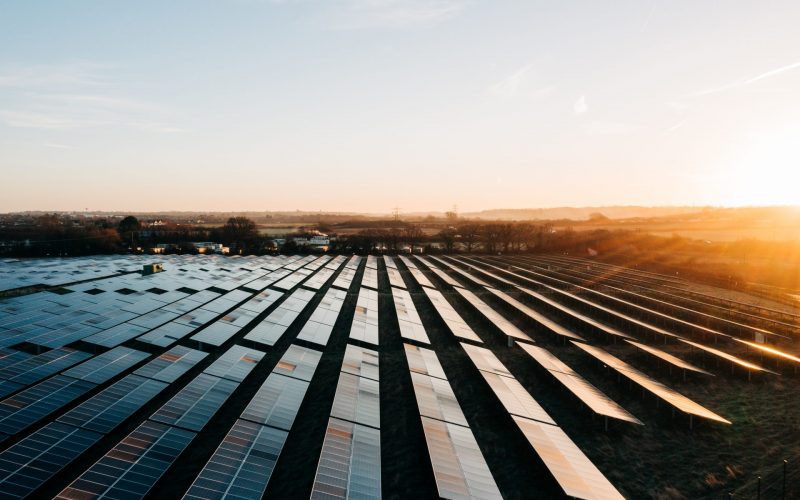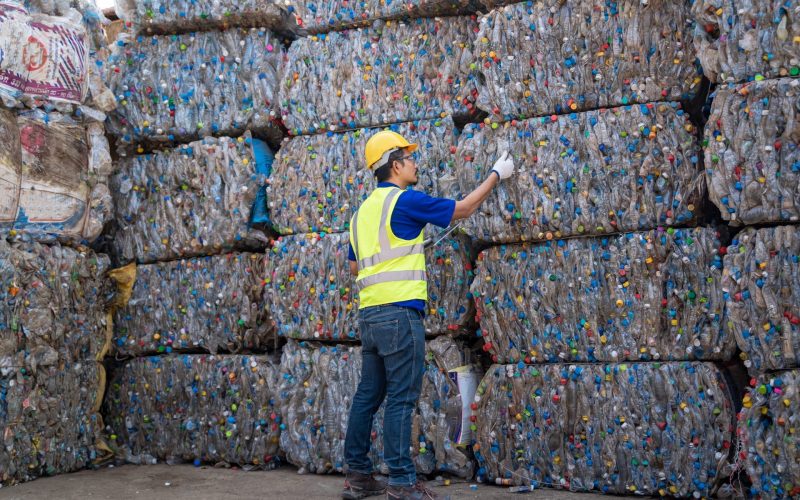Even Gary Klein, who trusts intuition more than Kahneman, suggests employing a ‘premortem’ device to tame misplaced optimism:
‘Imagine that we [say the DOE] are [x number of years] into the future. We implemented the plan [call it the Integrated Energy Plan (IEP)] as it now exists. The outcome was a disaster. Please take 5 to 10 minutes to write a brief history of that disaster’.
What would a hypothetical premortem of South Africa’s nuclear fleet build programme look like – say, ten years from now?
It would probably contain three important explanations for the programme’s failure, explored below.
A view from 2023
First, the DoE failed to consider that its assumptions of high future demand for electricity may have been overly optimistic. In his book, ‘Confessions of an Economic Hit Man’, John Perkins recounts that his job for a US consultancy firm was to build mathematically complex growth-projection models for developing countries. These would be intentionally inflated to form the justifying foundation for serious capital expenditure, which would leave the host countries highly indebted when the projections proved unreliable.
The DOE’s projected ‘Most Likely Demand’ curve for electricity was similarly unreliable. It assumed that demand would exponentially outstrip available supply, thus justifying expensive base-load nuclear power. However, Eskom’s own figures indicated that in the six months prior to September 2012, demand had in fact declined by 2.9%. Moreover, the mining industry, the single biggest electricity consumer, was in rapid decline.
The capital spent on securing a nuclear fleet would likely have been better directed toward securing electricity from the increasingly successful and flexible Independent Power Producers (IPPs). These projects were more labour absorptive at the margins, required less intensive skills, and would have contributed significantly to job creation. The procurement process was also transparent, unlike the secrecy surrounding nuclear procurement.
Given the rapidly falling costs of renewable energy technology, resource allocation toward IPPs would have been significantly less costly than paying for a fleet of six nuclear reactors (estimated in 2013 to cost anywhere between R300bn and R1 trillion).
Second, the DOE locked South Africa into capital-intensive projects that global experience had demonstrated were likely to incur severe cost overruns and construction delays. The government’s obsession with Soviet-style mega projects rendered it blind to the statistics of comparable cases.
Anton Eberhard of the National Planning Commission wrote in 2013 that ‘international reports of capital costs vary wildly from US$ 2000/kW (in China) to US$ 7000/kW (in Europe and the US). A global survey of nuclear development finds that only 13 countries are currently constructing nuclear energy reactors. Five of these – Slovakia, Taiwan, Ukraine, Argentina, and the US – have uncompleted reactors whose construction started as far back as the 1980s.’ Philip Lloyd of the Energy Institute, presenting at the 2013 parliamentary stakeholders meeting, merely asserted (without substantiation) that South Africa would avoid the cost overruns experienced by Finland at the time.
The DOE failed to heed Eberhard’s warning that ‘Areva [a French company], Europe’s pre-eminent nuclear supplier has had disastrous cost overruns on its new EPR reactors at Olkiluoto in Finland and Flamanville in France. Both have more than doubled in price and have consistently failed to meet completion targets’. Closer to home, there were construction delays at Medupi, the mega-coal project whose initial cost was forecast at R70bn in 2007. By 2013, the total price for Medupi had risen to R150bn, and power came on stream three years late. Lloyd again merely asserted that the country had learned its lesson and would do better.
A critical component of a pre-mortem is to look around the table, humbly assess the available skill in the room, and ask whether it is greater or weaker than in places like Finland, and whether comparable projects had been successful with a similar team (such as the one that masterminded Medupi). South Africa failed to ask these basic questions.
Third, South Africa appears to have been hoodwinked by non-sequitur arguments. Philip Lloyd (at that infamous 2013 parliamentary hearing) argued that the stakeholders should remember that France had nuclear power and resultantly had the fifth highest GDP in the world. A representative of the Nuclear Industry Association of South Africa (NIASA) argued a similar case for South Korea.
Neither proponent appeared to have read the best evidence at the time, which carefully demonstrated that South Korea and France were successful because they developed inclusive institutions over time, not because they had nuclear power per se. In 2013, when the redrafted IEP was commissioned, South Africa still lacked comparable institutions. Certainly they were weaker than those in France and Finland, as the Arms Deal debacle of the late 1990s demonstrated. But the nuclear lobby and government expediently overlooked these realities.
Conclusion
This is a sad but predictable premortem. However, it can and should be avoided. Danish planning expert Bent Flyvbjerg has some sage advice: ‘The prevalent tendency to underweight or ignore distributional information is perhaps the major source of error in forecasting. Planners should therefore make every effort to frame the forecasting problem so as to facilitate utilising all the distributional information that is available.’
Nuclear planners, please take heed.
Click here to read SAIIA’s recent Occasional Paper (June 2013), South Africa’s Nuclear Future by Jo-Ansie van Wyk.

